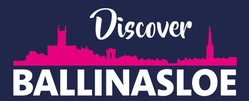|
By Johnny Johnston The Great October Fair evokes many emotions and memories for the people locally. For me it always brings to mind the heritage of ballad-singing and street entertainment. Balladeers have graced the streets of our town for the October Horse Fair for many centuries. They were important conveyors of local and national events and, indeed, were often employed to sing the praises or spread ‘fake news’ about contenders during elections. They often used wit and subtle offence to decry the foreign forces of the state and the penalty for singing seditious songs in public was often six months in prison. Selling of such ballad sheets, or broadsides, could incur a similar penalty. Initially the charge was obstruction of pedestrians and, as the balladeers tried to circumvent the law by peddling their songs while standing on the street instead of the footpath, the law was amended to include ‘obstruction of equestrians’! Many balladeers were known to stand in the gutter, much to the ire of the ‘Polis’, and thus avoid prosecution. They were also adept at carrying a bundle of straw and selling a few ‘tráiníns’ for a penny while offering the broadside as ‘a token of appreciation’! Many of the older ballads make reference to Ballinasloe as a location in their lyrics. This is, no doubt, as a result of the fair and its strong association with the travelling community. Songs such as ‘Nancy Miles’, ‘The Tinkerman’s Daughter, ‘The Great Big Roamin’ Ass’, ‘The Fair in Bellaghy’, ‘A Sailor Courted a Farmer’s Daughter‘ and, more recently, ‘Rosie Reilly’ come to mind. Travellers were the keepers of tradition in terms of music, song and folklore for centuries and a great debt is owed to them. Indeed, their recent recognition as an ethnic group was long overdue. The tone of the traveller’s singing voice is distinct, unique and cannot be replicated. Of course, complete songs extolling the virtue and beauty of Ballinasloe are many and varied. Local historian Tadhg MacLoughlin had two of his own fine ‘Ballinasloe’ compositions included in his ‘Songs and Ballads’ publication in the 1970’s. Our own Lee Lynch had a hit with ‘Ballinasloe Fair’ as did Brendan Shine. The following song, ‘Nice Little Jenny from Ballinasloe’ appeared in printed form in a chapbook in Co. Waterford in 1835. I first heard it from a noted Dublin balladeer, Loke Cheevers, in the Góilín Singers Club in Dublin many years ago. It was also recorded in 1947 by Seamus Ennis of the Irish Folklore Commission, and later by the BBC, from the singing of Elizabeth Cronin, Fuhirees, in West Cork. It is also included in ‘Irish Street Ballads by Colm O’Lochlainn. The style is a simplified form of the traditional bardic compositions. ‘The Wonders of Ballinasloe’ is another fine ballad to be found in James N Healy’s ‘Old Irish Street Ballads’. No doubt the exhibition of first class pedigree stock at Ballinasloe Fair was foremost in the author’s mind. The song ‘Ballinasloe’ is included in the comedy opera ’My Lady Molly’ by Sidney Jones and was first staged in Brighton in August 1902. The song is very much in the ‘stage Irish’ mode and is sung by an Irish manservant named Mickey! While the opera was a huge success at the time, the inclusion of this bawdy piece certainly exemplifies attitudes towards Ireland and the Irish at the time. Presumably Ballinasloe was a random choice! It is not generally known that the song ‘Old Ballymoe’, made famous by Dessie O’Halloran, Miko Russell and Cathy Jordan, was originally titled ‘Ballinasloe’. In October 1940 Pete McNulty, of the McNulty Family in New York, took this very old ballad, changed a few of the verses, renamed it and recorded it as ‘Old Ballymoe.’ The original song begins with:
‘In the county Roscommon in sunshine and rain, My pockets were empty, my stomach the same, I met a colleen and says she, “Do you know The shortest short cut into Ballinasloe’ and concludes with: ‘The roads they were long and the roads they were narrow. I loaded this cuckoo into a wheel-barrow. The wheel-barrow broke and she stubbed her big toe, So, I carried her home into Ballinasloe’ There was an inference in this final verse that the lady in question may have been a patient from the then Ballinasloe District Asylum and, out of respect, the song was altered. The politics of a nation are recorded in libraries but the social history of strife, joys, love and local events are recorded in its songs. Ballinasloe has many such songs of local heroes, factions, street leagues and colourful characters. Will these songs be lost? Who will maintain them as a living organic tradition? That issue has surely been addressed by Ballinasloe’s Singing Circle that has been in existence now for 15 years, took a break before COVID and we’ll see what the future holds. While lockdown may have lulled our creative impulses there are still some who have used their time well to continue the old tradition of crafting ballads. One of these is our living musical legend, Bobby Kilkenny, who has composed this lovely nostalgic ballad of simpler times. Téann an dúchas ó ghlúin go glúin. Thanks Bobby. When you get ‘The Noble Call’ at the next seisiún we look forward to hearing your rendition in good company.
0 Comments
Leave a Reply. |
CLICK HERE to read the Latest Ballinasloe News Articles
June 2024
|
The Town Team was set up by BACD Ltd. to revive the fortunes of Ballinasloe and its hinterland. With the main focus to build on the town’s many strengths, change existing negative perceptions and bring about measurable improvements in the town centre economy and its wider social value.
|
Ballinasloe Area Community Development Ltd.
Ballinasloe Enterprise Centre Creagh Ballinasloe Co. Galway |
All generic photos and images have been sourced and are free of copyright or are clip art images free of copyright. Photos of Ballinasloe have been donated by BEC. If you have any photos that you would like included on the website please email us
Copyright © All rights reserved, 2024 BACD
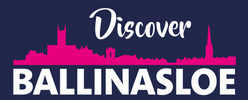
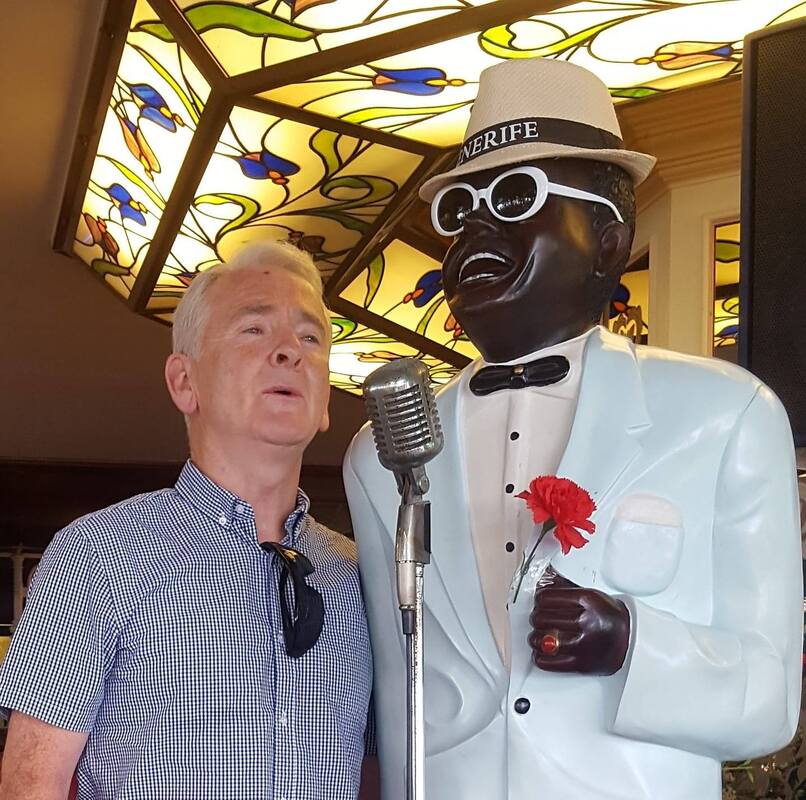
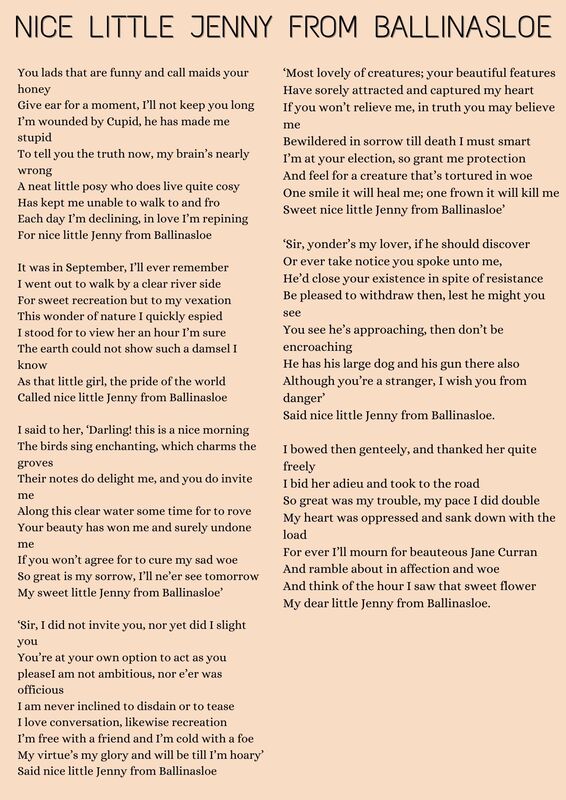
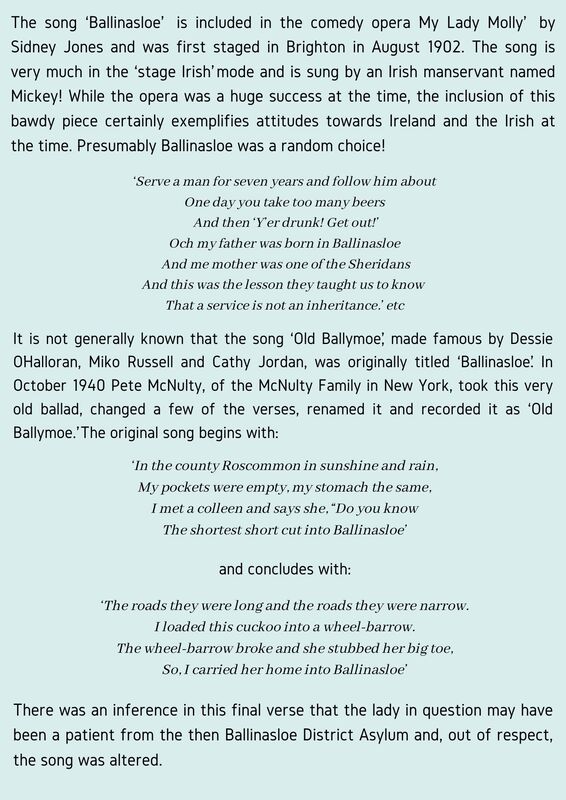
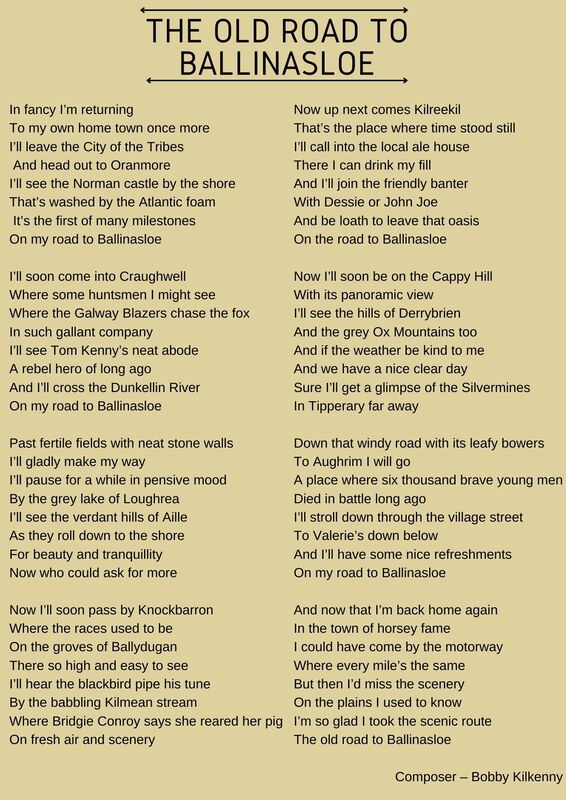
 RSS Feed
RSS Feed
